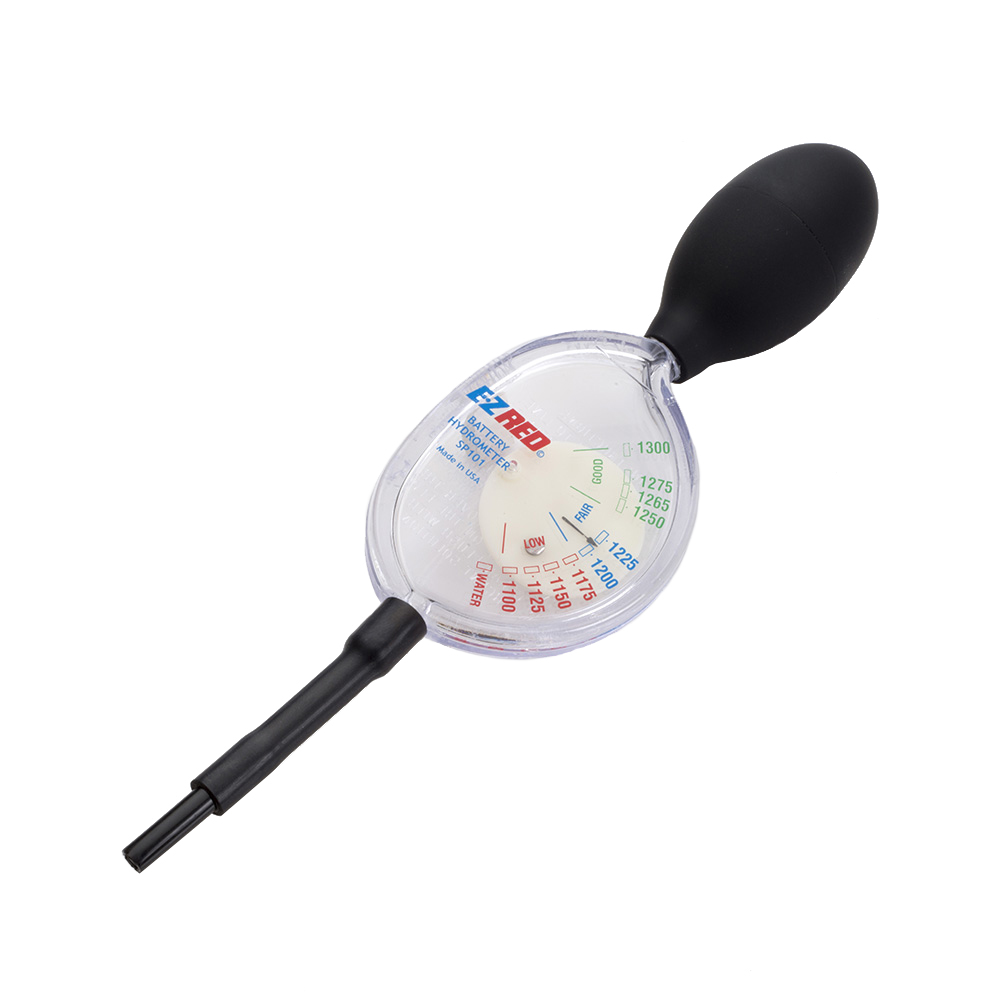10.5V is a safe and reliable way to destroy your batteries before you take them to the recycle center.
Voltage while the battery is active (charging or discharging) is not a reliable State Of Charge indicator. If you wait several hours, and then measure voltage, you can get a fair estimate.
BatteryServiceLife.jpgBattery_Volt_Chart.jpg
Inverters have a "low battery shutdown" not to protect the battery, but to protect the parts in the inverter, at 12.5V, for 300w, you pull about 30A DC, at 10.5V, you pull 34A, and as voltage drops, even more amps, and the internal components melt.
Voltage while the battery is active (charging or discharging) is not a reliable State Of Charge indicator. If you wait several hours, and then measure voltage, you can get a fair estimate.
BatteryServiceLife.jpgBattery_Volt_Chart.jpg
Inverters have a "low battery shutdown" not to protect the battery, but to protect the parts in the inverter, at 12.5V, for 300w, you pull about 30A DC, at 10.5V, you pull 34A, and as voltage drops, even more amps, and the internal components melt.




Comment